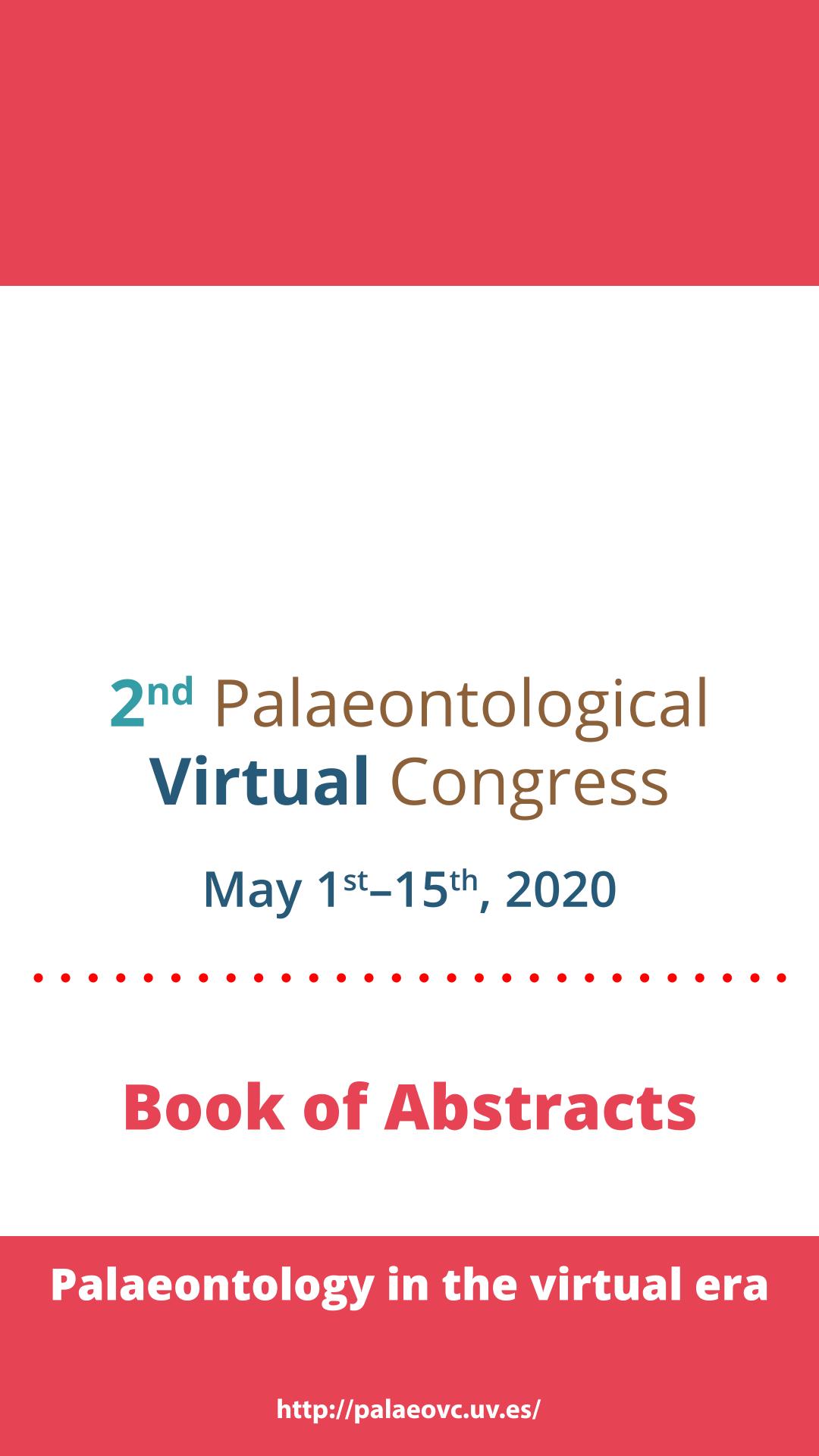Mostrar el registro sencillo del ítem
dc.contributor.author
Contreras, Silvina Andrea

dc.contributor.author
Robledo, Juan Manuel

dc.date.available
2024-02-02T09:53:30Z
dc.date.issued
2020
dc.identifier.citation
Holocene aquatic ferns (Salviniaceae) from the eastern Chaco Region, Northeastern Argentina; 2nd Palaeontological Virtual Congress; España; 2020; 1-2
dc.identifier.isbn
978-84-09-20283-6
dc.identifier.uri
http://hdl.handle.net/11336/225512
dc.description.abstract
The Chaco region is a large subtropical plain and one of the major biogeographic and morphostructural areas of South-America. Eastern Chaco is the wettest sector of the Chaco region and has heterogeneous environments. Vegetation results of Quaternary alluvial plain dynam-ics including the intensive migration of the Cha-co main rivers. Paleobotanical records do not attest significant floristic changes in the region during the last 10,000 years. Fern macrofossils (vegetative part impressions) and microfossils (spores) belonging to the group of heterosporous aquatic ferns (Salviniaceae) were collected from two sites (Formosa Province, Argentina) which include sediments of the Fidelidad Formation (Late Holocene - Bermejo River natural levees, Villa Escolar). Impressions correspond to Salvinia Ség. The floating leaves are orbicular to ellip-tical in shape, with smooth margin and both the apex as the base are rounded. The base bears a slightly developed keel. Venation pattern is di-chotomous. These veins are anastomosed forming areolas. Generally, four tubercles (trichome bases) per areola are observed. The microfos-sils correspond to massulae and spores of Azol-la Lam. The massulae are rounded, oval or kidney shaped and have septate glochidia. Spores are trilete and spheroidal. Aquatic ferns are sig-nificant paleoenvironmental indicators of open fresh water or wetlands, while Azolla and Salvin-ia represent floating plants. This evidence sug-gests that the basal sediments of the Fidelidad Formation formed under environments similar to those currently observed in the region.
dc.format
application/pdf
dc.language.iso
eng
dc.publisher
Palaeontological Virtual Congress
dc.rights
info:eu-repo/semantics/openAccess
dc.rights.uri
https://creativecommons.org/licenses/by-nc-sa/2.5/ar/
dc.subject
AZOLLA
dc.subject
SALVINIA
dc.subject
MASSULAE
dc.subject
CHACO REGION
dc.subject.classification
Paleontología

dc.subject.classification
Ciencias de la Tierra y relacionadas con el Medio Ambiente

dc.subject.classification
CIENCIAS NATURALES Y EXACTAS

dc.title
Holocene aquatic ferns (Salviniaceae) from the eastern Chaco Region, Northeastern Argentina
dc.type
info:eu-repo/semantics/publishedVersion
dc.type
info:eu-repo/semantics/conferenceObject
dc.type
info:ar-repo/semantics/documento de conferencia
dc.date.updated
2023-02-16T10:52:42Z
dc.journal.pagination
1-2
dc.journal.pais
España

dc.journal.ciudad
Valencia
dc.description.fil
Fil: Contreras, Silvina Andrea. Consejo Nacional de Investigaciones Científicas y Técnicas. Centro Científico Tecnológico Conicet - Nordeste. Centro de Ecología Aplicada del Litoral. Universidad Nacional del Nordeste. Centro de Ecología Aplicada del Litoral; Argentina
dc.description.fil
Fil: Robledo, Juan Manuel. Consejo Nacional de Investigaciones Científicas y Técnicas. Centro Científico Tecnológico Conicet - Nordeste. Centro de Ecología Aplicada del Litoral. Universidad Nacional del Nordeste. Centro de Ecología Aplicada del Litoral; Argentina
dc.relation.alternativeid
info:eu-repo/semantics/altIdentifier/url/https://palaeovc.org/index.php/downloads/
dc.conicet.rol
Autor

dc.conicet.rol
Autor

dc.coverage
Internacional
dc.type.subtype
Congreso
dc.description.nombreEvento
2nd Palaeontological Virtual Congress
dc.date.evento
2020-05-01
dc.description.paisEvento
España

dc.type.publicacion
Book
dc.description.institucionOrganizadora
Paleontological Society
dc.source.libro
2nd Palaeontological Virtual Congress
dc.date.eventoHasta
2020-05-15
dc.type
Congreso
Archivos asociados
